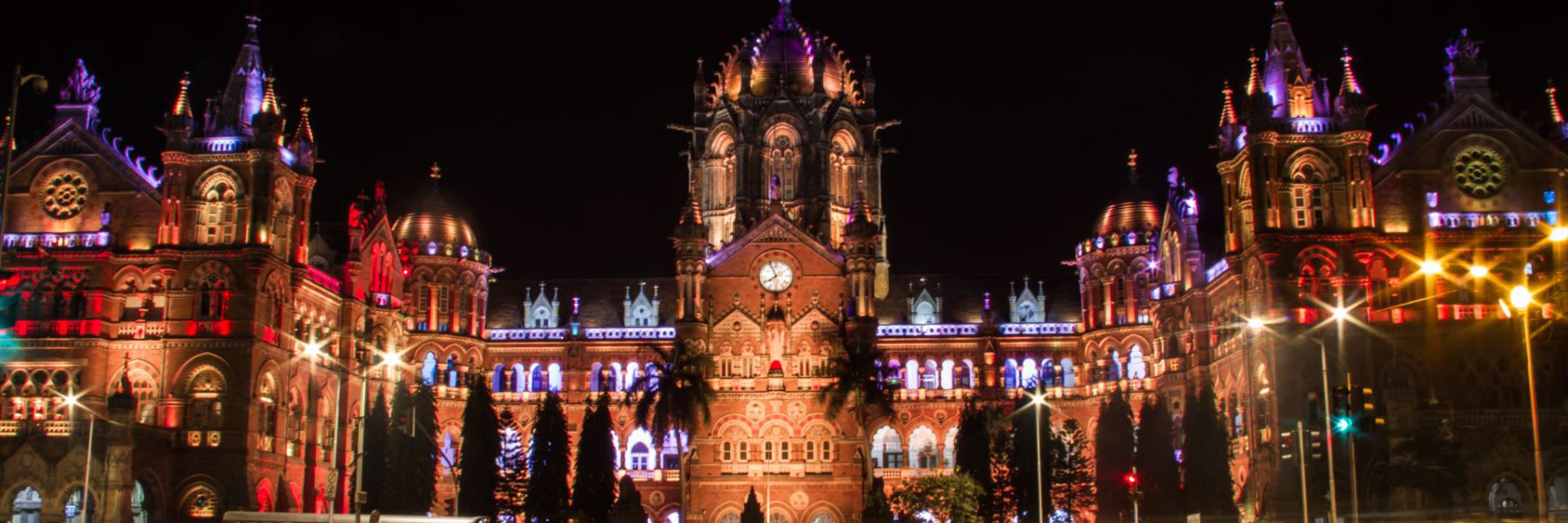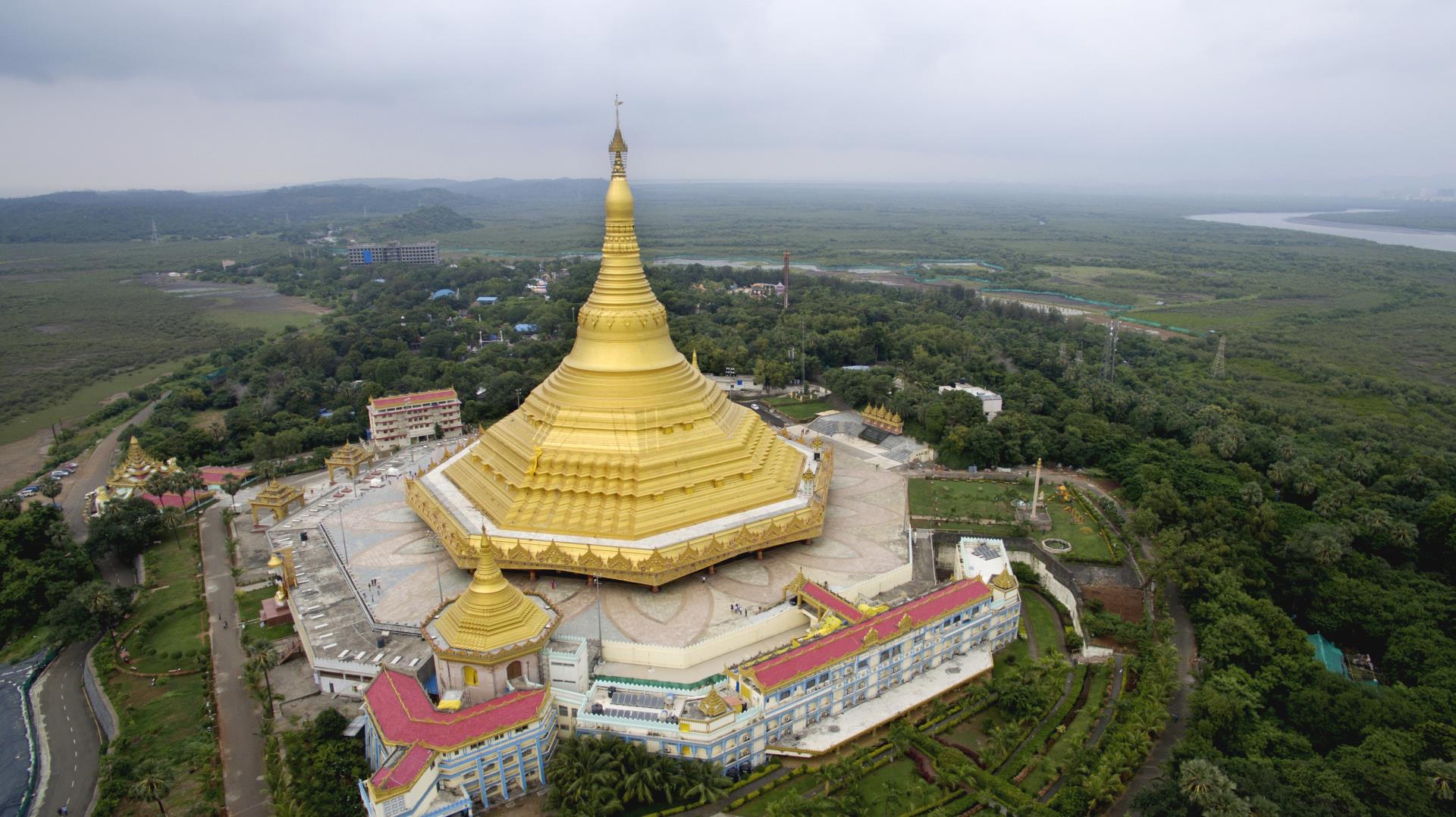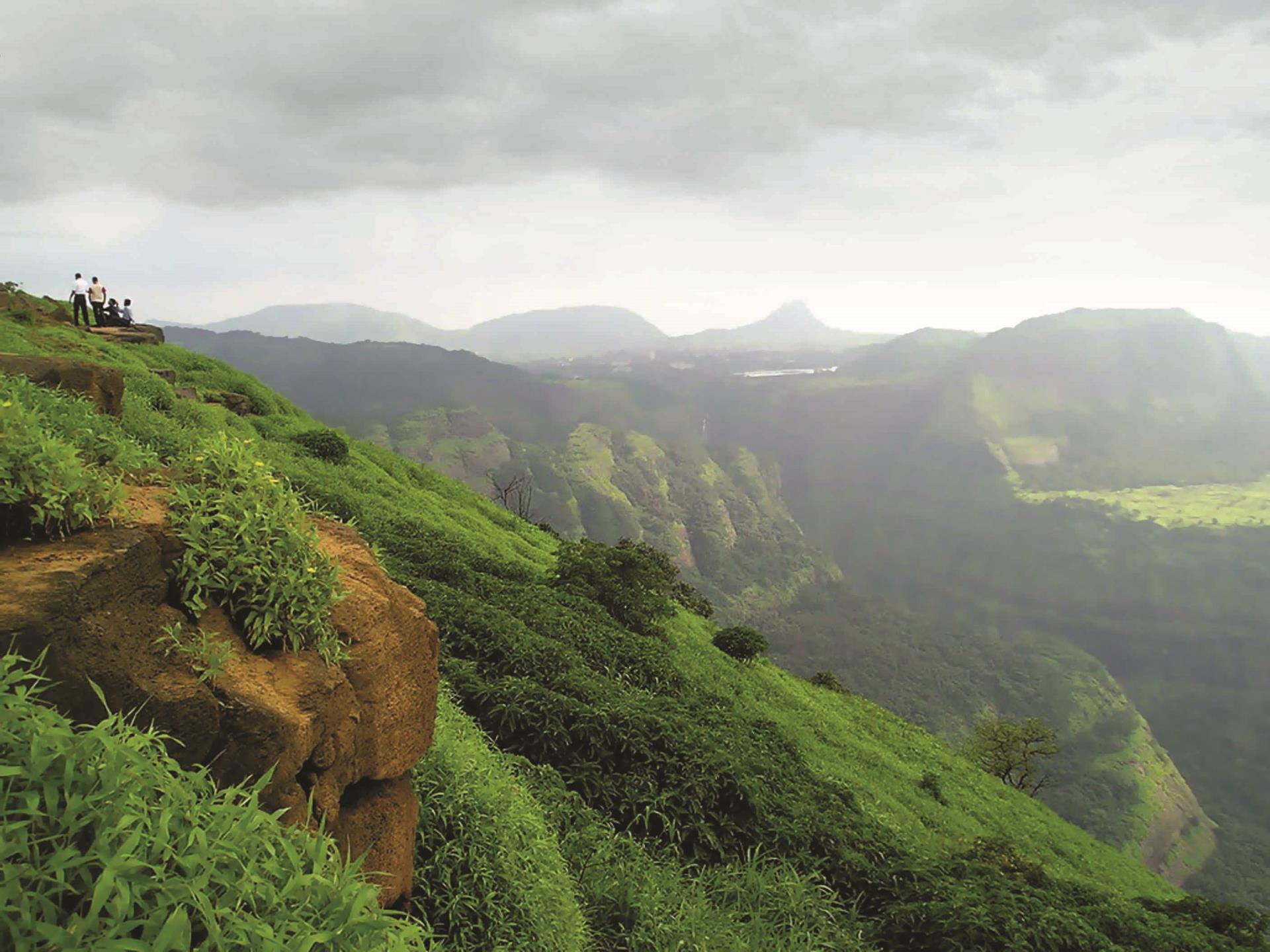
Sorry, we couldn't find anything that matches your search.
Destination

Famous Places to Explore in Hyderabad
A vibrant city with the imposing...

Raipur Tourist Places | Best Place to Visit
The stronghold of several erstwhile...

Ahmedabad
Declared as India's first UNESCO World...
#
A monument of significant historical importance that houses one of the finest railway stations in the world, the Chhatrapati Shivaji Maharaj Terminus sees a footfall of over 3 million daily. The railway terminus was named Victoria Terminus in honour of the British Queen, Victoria, on Golden Jubilee Day (1887) to mark fifty years of her reign. It was subsequently renamed as Chhatrapati Shivaji Terminus in 1996 to honour the founder of the Maratha empire and is currently known as Chhatrapati Shivaji Maharaj Terminus (as of 2017). This was the very first terminus station in the subcontinent. British architects joined hands with Indian craftsmen to build this heritage building, an outstanding example of Victorian Gothic revival architecture blending with themes derived from traditional Indian architecture, thereby forging a style unique to then-Bombay. Designed by British architect F W Stevens, this heritage structure is known for its magnificent stone dome, cantilevered staircase, ornamental turrets, elegant columns, pointed arches, high vaulted ceilings and a host of expansive decorative sculptures and carvings. The main gate of the building is flanked by two columns, with sculptures of a seated lion representing Britain atop one and a crouching tiger representing India on the other. The facade has snarling heads of gargoyles jutting out, leaping griffins, peacock with its feathers open like a fan and a cobra locked in a fight with a mongoose. Because of its elaborate, intricate and three-dimensional stone carved decor, the terminus took almost 10 years to build. Mumbai, known as the city of dreams, opens its gates to a multitude of people every day and a large part of these people arrive on trains. The majestic and awe-inspiring Chhatrapati Shivaji Maharaj Terminus is the first structure that they usually see and many have written of the overwhelming effect this massive heritage site has on them.
* This embed is a third party content and available in English only.









